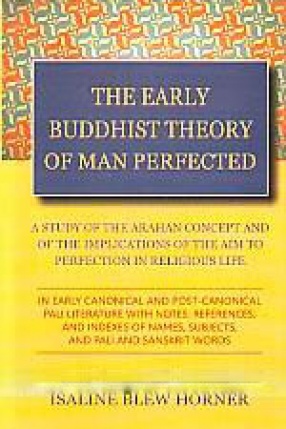
I.B. Horner

Showing all 7 books

The word and its meaning are inseparable. A word may appear simple, yet it may possess such potency that, though dormant for many centuries, it suddenly shakes off its slumber and changes the course of history. One such word is arhan. People use it, for ages from the dawn of the Vedic period to the advent of the Buddha, for naming a worthy or venerable person. The Sakyan sage used this word as a nucleus around which to weave his gospel that proclaimed to man that ...
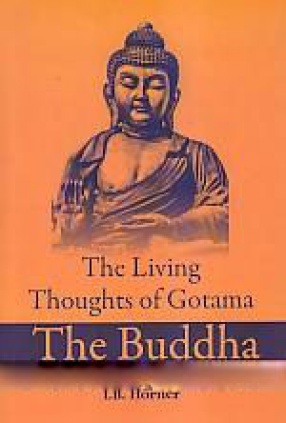
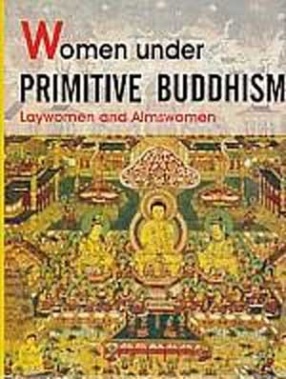

Out of the collection of Discourses in the Suttapitaka, the Majjhima-Nikaya – The Collection of Middle Length Sayings presents the work of 152 Discourses in three volumes viz., Vol. I: the First Fifty discourses, Vol. II: The Middle Fifty Discourses, and Vol. III: The Final Fifty two Discourses. The Suttas of Majjhima-Nikaya discuss almost all points of religion of the Buddha, on the four noble truths, on Karma, on the futility of desires, on reprehensibility ...

The two most remarkable facts about Buddhism are: it has almost ceased to exist in India-the land of its birth, while claiming about 255 million adherents in other parts of Asia; its founder Siddhartha, more well-known as Gautama Buddha, paid no importance to ceremonies and rituals, did not say a word on the supremacy of one God, yet people flocked to him and became his disciple. Even today its popularity is on the increase. What exactly is this ageless and ...
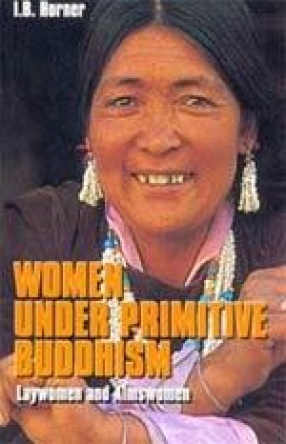
B. Horner's work is probably the earliest and the most comprehensive account presenting the position of the laywomen and of the almswomen in historical focus. The author painstakingly gathered the material for the book from a host of authoritative sources which was, at the time it was published, highly commended by none other than C.A.F. Rhys Davids. The material for the study of the laywomen has been gathered from the Canonical literature, and also from the ...
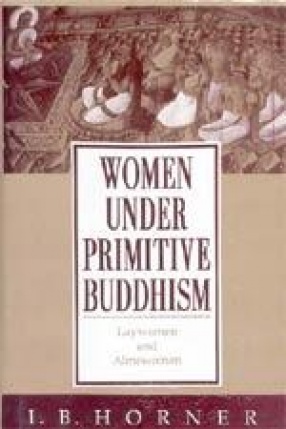
The book is an attempt to present the position of the laywomen and the almswomen in historical focus. Here, for the first time, we read of women of sincere aspirations and earnest will, seeking the more, the better, in life. For the study of the laywomen the author has exploited the material found in the Canonical literature, the Commentaries thereon, the Jatakas and the Milindapanha, while most of the material for the account of the almswomen is gathered from ...
